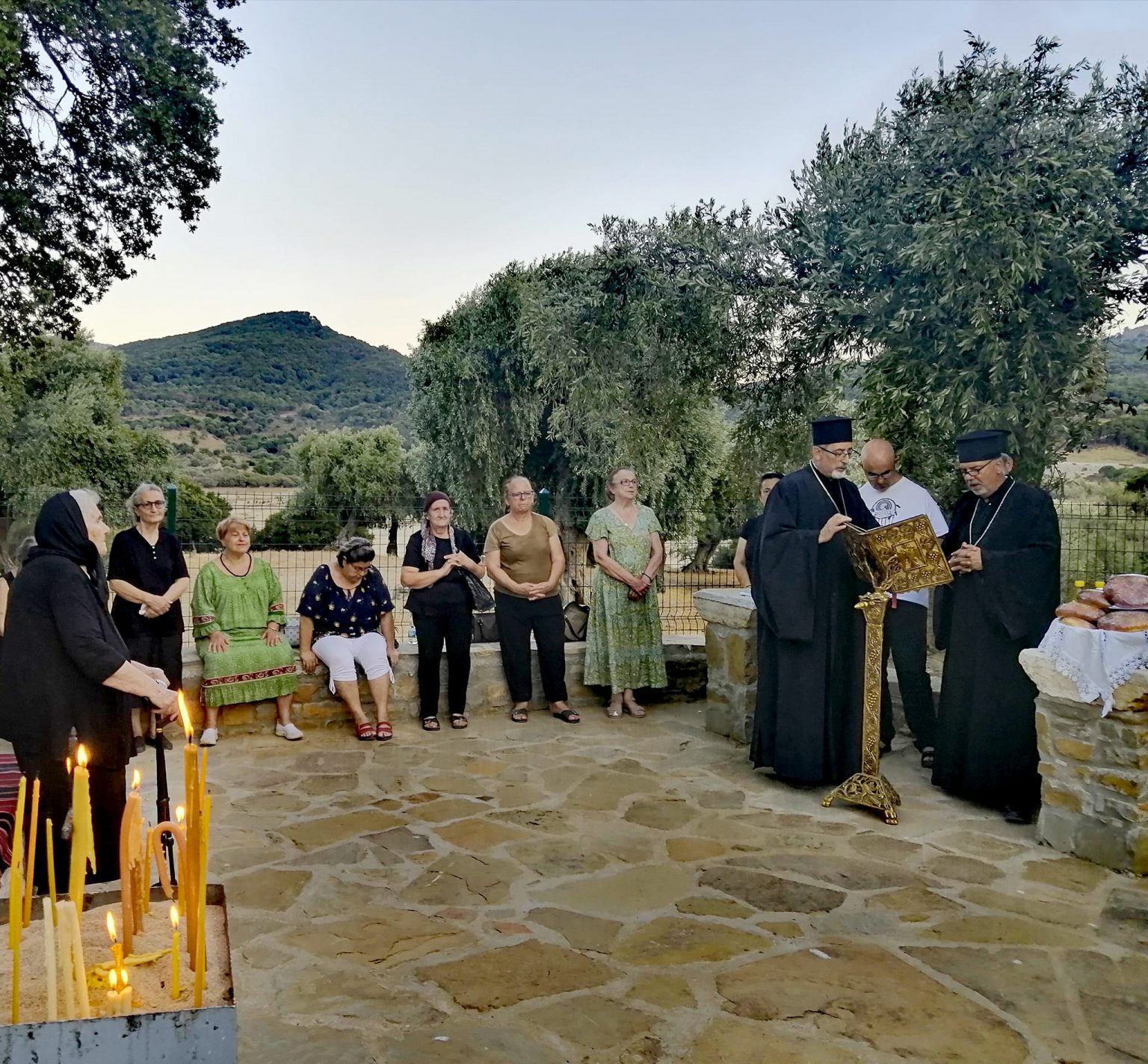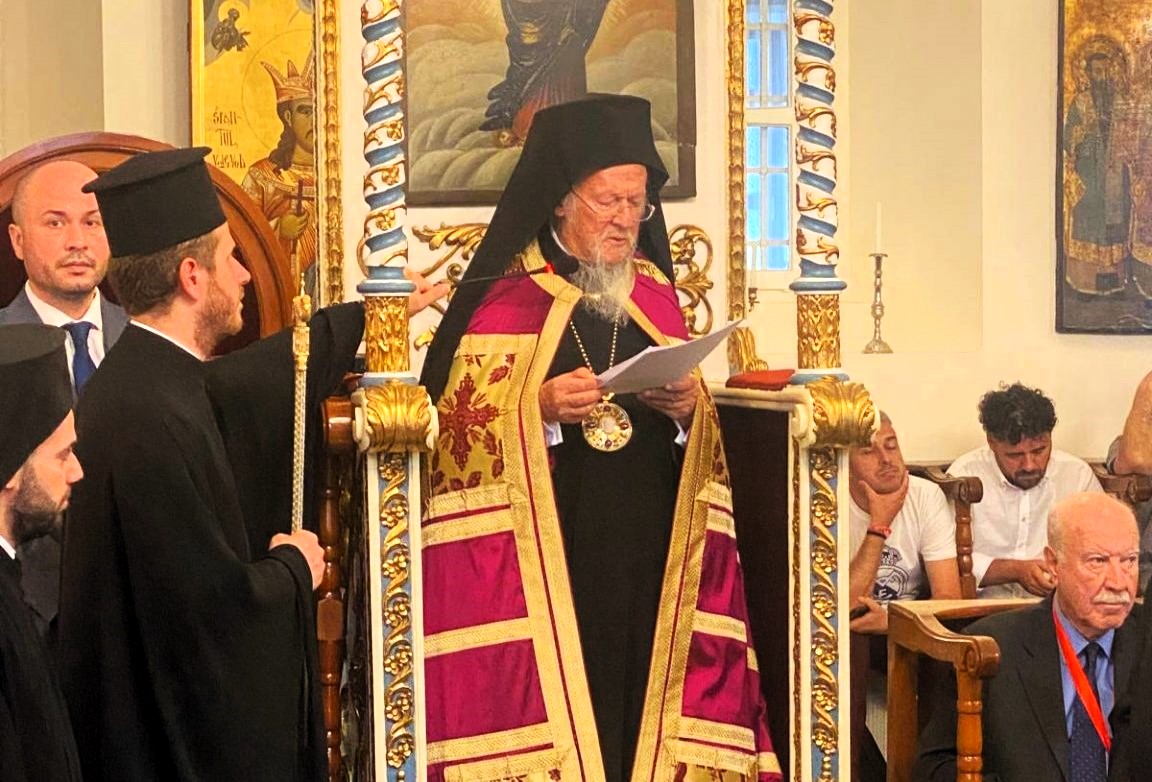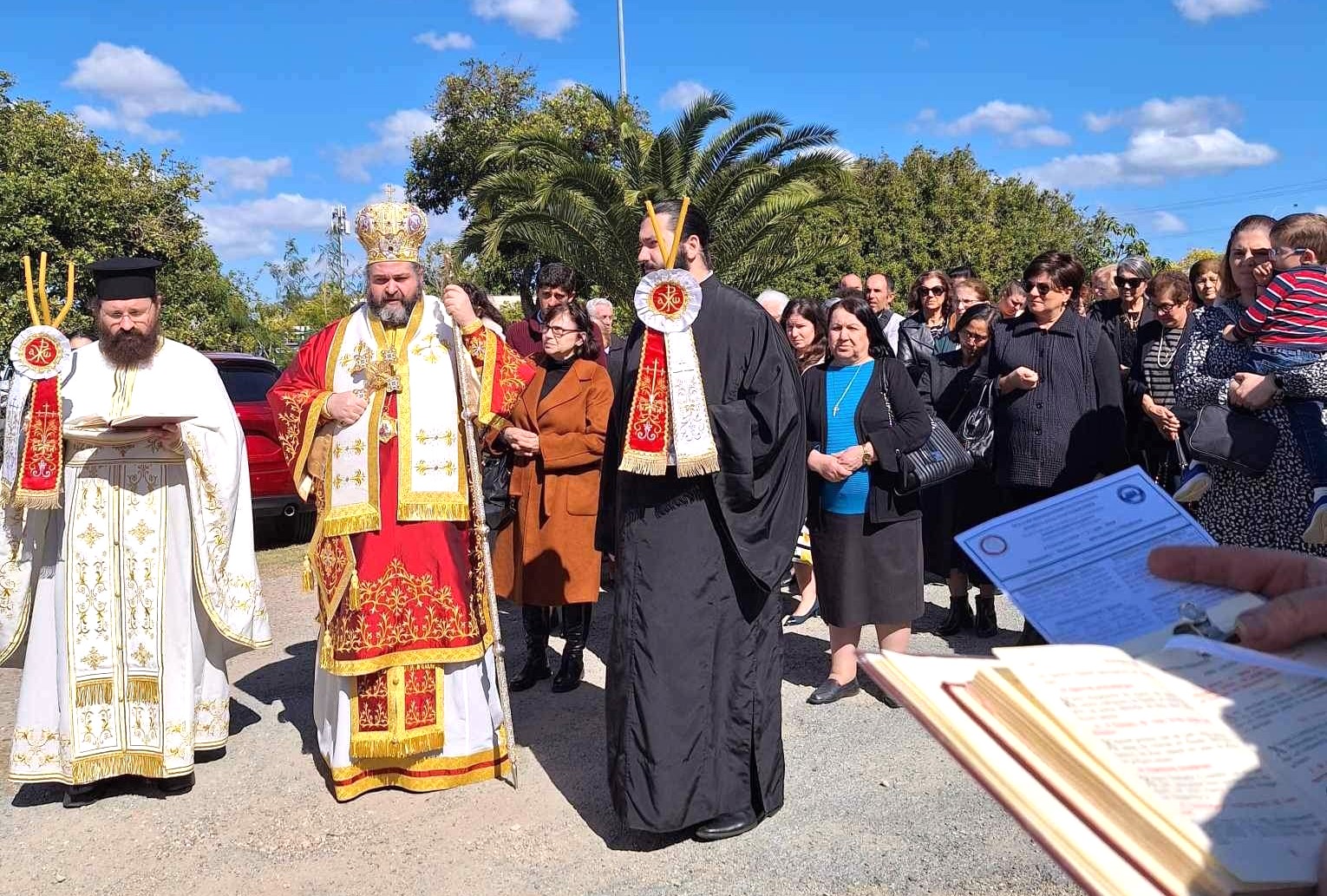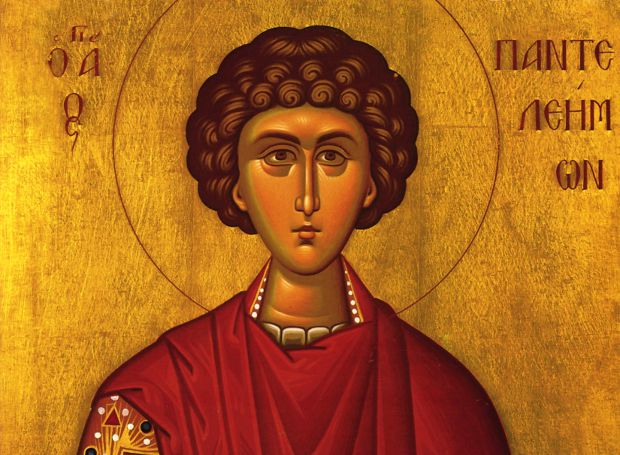Holy and Great Lent- ‘our journey to encounter the crucified and risen Christ’
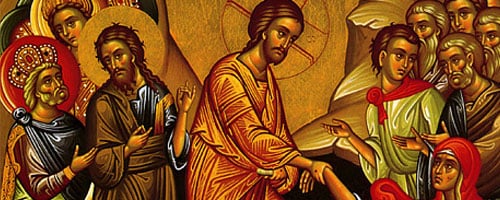

Holy and Great Lent-our journey to encounter the crucified and risen Christ
“For the peace of the whole world, the stability of the holy Churches of God and the union of all, let us pray to the Lord”
At the threshold of our entrance into Holy and Great Lent, we are given the opportunity once again to reflect more intensely, and with gratitude, on the Passion of our Lord and Saviour Jesus Christ—namely, His unimaginable love on the Cross, together with the gift of eternal life that He will bestow, when the gates of Paradise will open up before us on the morning of Holy Pascha. May we all embark upon this journey with fervour, joy, and with eager anticipation, focused on the goal that awaits us in the end—which is not only liberation from those things that might enslave us, but more positively, the joyous Gift of Christ Himself.
In the Orthros Service this coming Sunday, one of the hymns beautifully captures the idea of Great Lent as a journey into which we are being invited to enter, indeed, a journey marked by an atmosphere of ‘joyful sorrow’: “The stadium of virtue is now open [Τὸ στάδιον τῶν ἀρετῶν ἠνέωκται]; those who wish to compete, enter therein, girded for the good contest of Lent, for those who compete according to the rules shall receive their laurels rightfully. Taking up the full armour of the Cross, let us do battle against the Enemy. As an impregnable wall, we have the Faith, prayer as our breastplate, and acts of mercy as our helmet. Instead of sword, there is fasting, which cuts every evil from the heart. He who does this shall attain a true crown from Christ, the King of all, on Judgment Day.”
The hymn refers to the inexpressible ‘joy’—the ‘crown’—that awaits all people and indeed the entire world because of what our Lord Jesus Christ achieved on the Cross. Yet at the same time, the hymn also calls attention to the ‘sorrowful’ human predilection for missing the mark in the spiritual life, and the pain experienced as we strive to free ourselves from ourselves—namely, the inevitable struggle required to break open the shackles of our imprisoned self in order to do the will of the One who loves us beyond imagination. St Gregory the Theologian refers to the ‘spiritual contest’ towards purification in a very graphic way when he describes it as: “smooth[ing] the theologian in us, like a statue, into beauty [ξέσωμεν εἰς κάλλος, ὥσπερ ἀνδριάντα, τὸν θεολόγον]” (Oration 27, 7). In Greek, the word for ‘smoothing’ denotes the action of ‘carving’ or ‘chiselling’; namely carving out, and getting rid of all those impediments in our life which may deprive us of our intimate communion with God. Whilst this of course is painful, the end result, which involves bringing the Christ-like image of every person to come to bear and shine through, makes the struggle and labour worthwhile.
Moreover, the hymn in question highlights all those indispensable resources that the Church gives us so that we may ‘succeed’ in our journey towards encountering the crucified and risen Lord. These include amongst others: fasting, trust, prayer, attending to the needs of those around us, keeping the commandments and making every effort in relation to purity [κάθαρσις]. This injunction for purification as a necessary basis for encountering our Lord is nothing other than the biblical call for purity: “blessed are the pure in heart, for they will see God” (Mt 5:8). And purification [κάθαρσις] essentially signifies a process towards integrity [κατ-ἄρτιος]—note the etymological proximity between the two concepts. In this way, purification is understood as internal consistency or integrity of character which, in the face of temptation, remains totally devoted to God. Put another way, it constitutes our personal journey from brokenness to wholeness. And all these spiritual resources made available to us by the Church are there to help us intensify our love for God and love for neighbour.
Indeed, it is in our works of love towards our neighbour that we demonstrate our love for Christ, since in our neighbour we encounter the ‘face’ of our Lord.
Indeed, as we especially focus our attention on cultivating and strengthening our life in Christ during this Lenten season, the hope and prayer of our Archbishop and Faculty is that this joy of Christ’s resurrection will radiate and inspire you to embark upon this journey.
***
These reflections began with a petition which is said at the beginning of every divine Liturgy; this prayer is especially timely in the present moment because of all the distressing and challenges circumstances we are currently experiencing:
On the world scene, we continue to witness the devastating and disastrous effects of war and the desperate plight of all those people involved in Russia’s invasion of Ukraine.
Here at home, we have witnessed the sheer ruinous scale of disaster caused by the flooding both in Queensland and New South Wales which has seen so many people lose everything.
In relation to these, we would like to leave you with a few important words written by our Archbishop and Dean in a message recently released to all those affected by these floods. Indeed, in this message His Eminence captured the Christian stance to all those who suffer; he asked that we remain united to all those who are suffering through our prayer and with any other form of assistance that we may be able to offer. He wrote:
“we are by your side and share your heartache. You are not alone!”
These words are reminiscent of St Paul’s image of the Church as the body of Christ—when one member suffers, so does the entire body. May we identify—and perhaps even share—with the pain of those around us, knowing that, according to a wise Greek adage: “pain that is shared with others, becomes half the pain, as does joy which is shared with others, this becomes twice the joy.”
On behalf of St Andrew’s Theological College we wish you all a wonderful and blessed Holy and Great Lent


